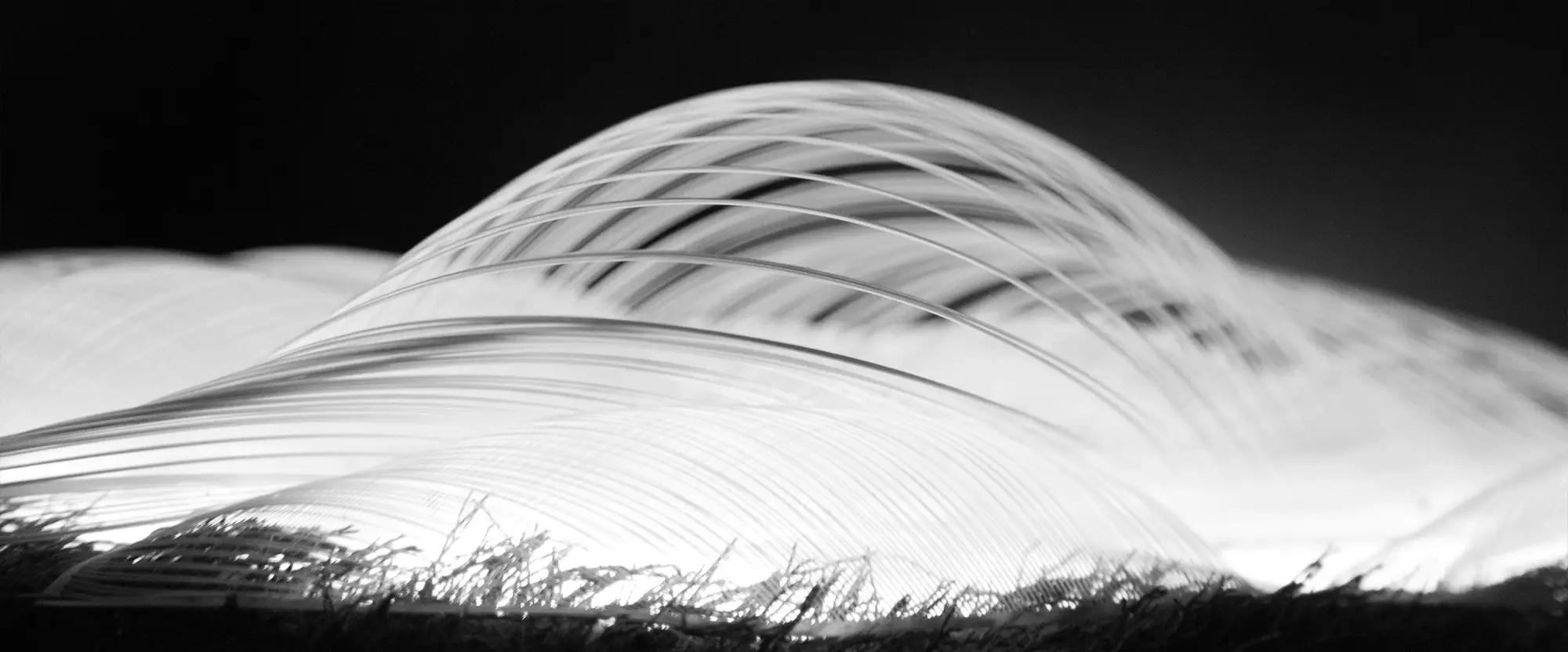Synthetic Swarm
Piding, October 2021Artist: Korbinian Enzinger
Project Team: Martin Rohrmoser, Robert Enzinger
The topic and the associated field of tension between climate and nature has been intensively addressed for several decades in many areas of industry, business, architecture, etc., in an attempt to find solutions to various "problems". From a human perspective, these problems manifest themselves in the form of extreme weather events such as droughts, floods or tornadoes, which directly harm us economically or in terms of health. However, issues such as climate change and sustainability are much broader and require a holistic understanding of the interaction between human actions and natural processes.
Ecosystems, whether local in the Berchtesgadener Land or global, are dynamic systems. This means that they are constantly changing in order to adapt to changing environmental conditions. Especially since the beginning of industrial revolution in the 1800s, the start of the Anthropocene, it has become clear that humanity plays a key role in the development of the climate due to population growth and technological innovations. It has largely proven true that the speed of technological development is exponential, and thus the tension between "technological evolution" and "biological evolution" continues to grow. On the one hand, technological innovations in science help us to perceive our environment more accurately and to design processes more efficiently; on the other hand, these innovations are also part of the problem we are trying to combat today.


The aim of art in this case cannot be to provide technical
solutions to the effects of climate change, but it can and should broaden the perception
of different processes. Processes that can be natural as well as artificial, material as well as immaterial
The installation is intended to show that change will inevitably take place, but that we as humans have the opportunity and also the responsibility to guide it. It is necessary not only to place human needs at the centre of change, but also to give nature a voice and respond to its needs.
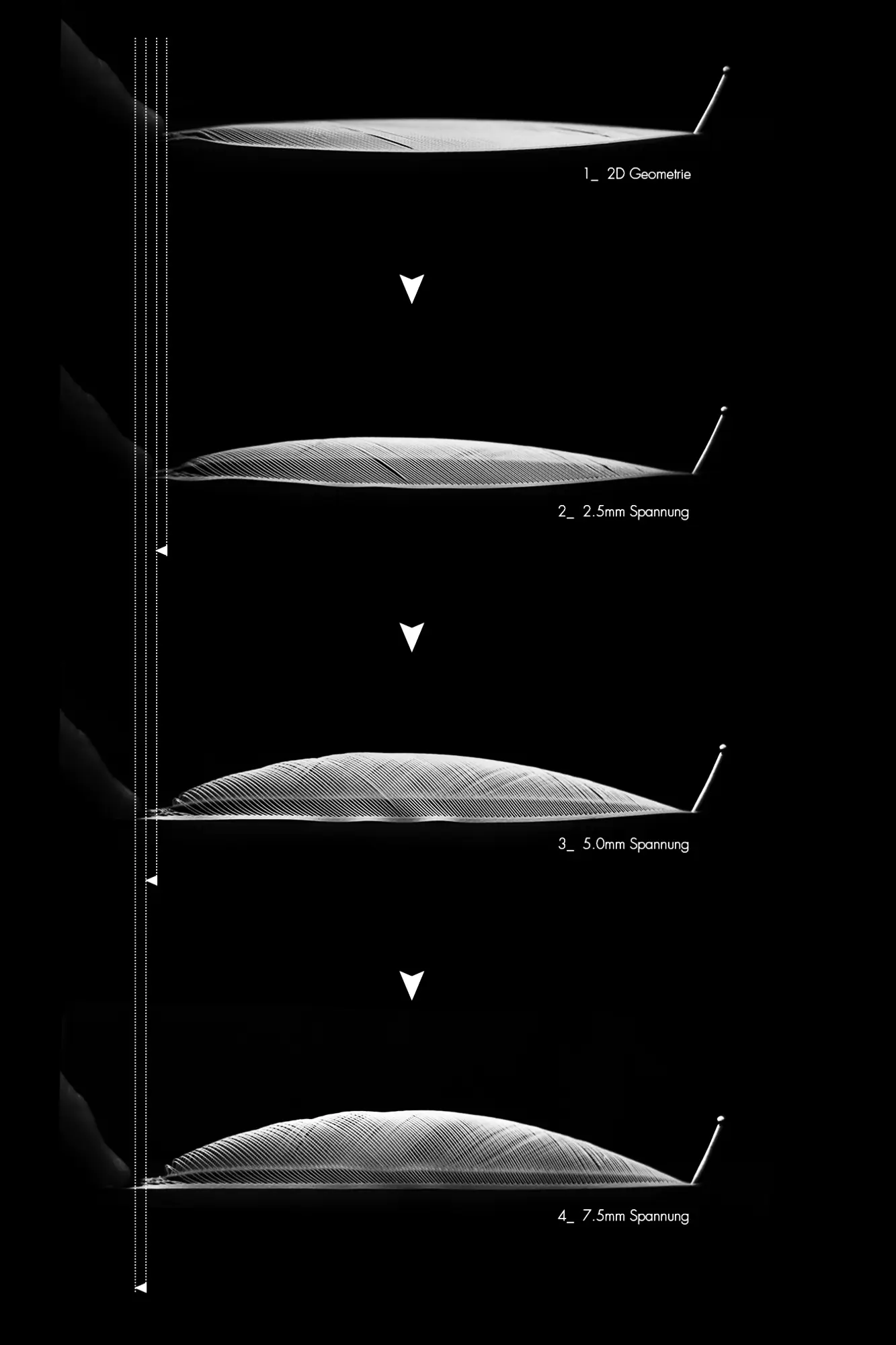
The structure is made using 3D printing, a technology that has become very popular in recent years. On the one hand, this technology offers design possibilities that were previously unthinkable, on the other hand, the issue of sustainability must be critically examined.
Compared to conventional 3D printing techniques, which are usually associated with a large amount of infill material, the three-dimensionality of this structure is generated exclusively by tensioning a two-dimensional geometry. This has the decisive advantage that each of the 850 modules weighs only approx. 0.5 - 1.5 g, having an amazing inherent stability due to the curved geometry and are able to adapt to almost any surface due to the flexibility of the material.
Non-toxic, biodegradable ecoPLA is used for the installation, which, due to its materiality and organic morphology, also intensifies the discourse on the areas of tension between humans, nature and the climate.
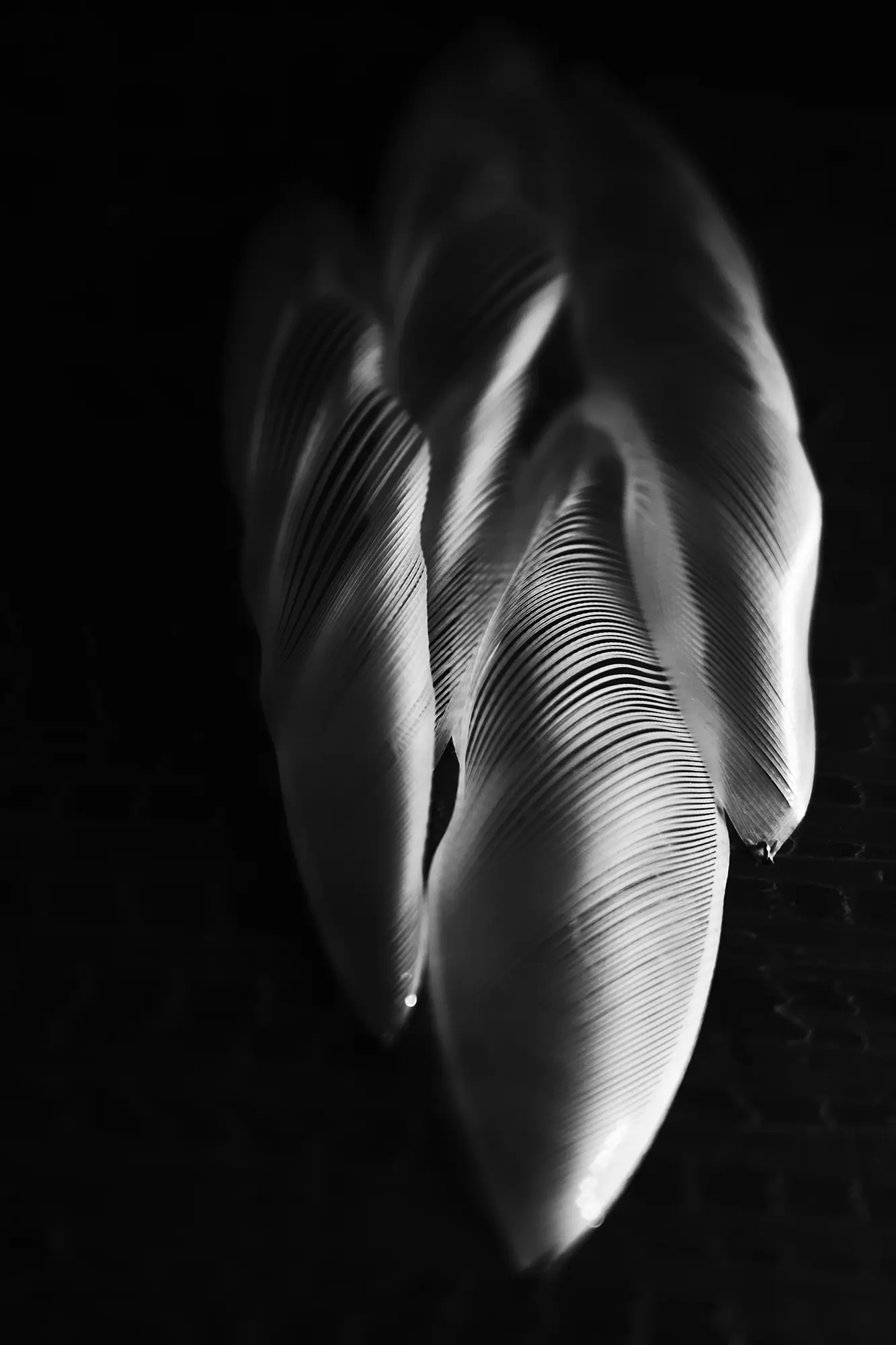
This image illustrates how a complex three-dimensional structure is formed from an apparently simple initial geometry. Parameters such as the strength of the prestressing, the geometry of the subsoil or the combination of several modules influence the final morphology of the "swarm", which gives the installation its own character depending on its location.


With the help of the installation, sensory signals from the environment (temperature, movement, sound, brightness etc.) are recorded and reflected by a light system integrated into the 3D printed structure. Each one of the 850 3D-printed modules is illuminated by LEDs, which are individually controlled by a central processor unit. Furthermore, a custom code uses these inputs, which are not perceptible to us humans, and visualizes them in form of organically moving patterns of light. In this way, the "synthetic swarm" is transformed into a medium that directly enables a communication between humans and nature. On the one hand, the structure looks like a synthetic, parasitic organism that emerged as a consequence of rapid technological evolution, on the other hand, it offers a completely new way of communication between us and our environment.
This synthetic organism does not claim to solve a problem, but it does provoke a broader discourse on how we can perceive our environment, deal with change, and use technology to symbiotically evolve with nature rather than working against it.
For more impressions of the installation click on the gallery below!


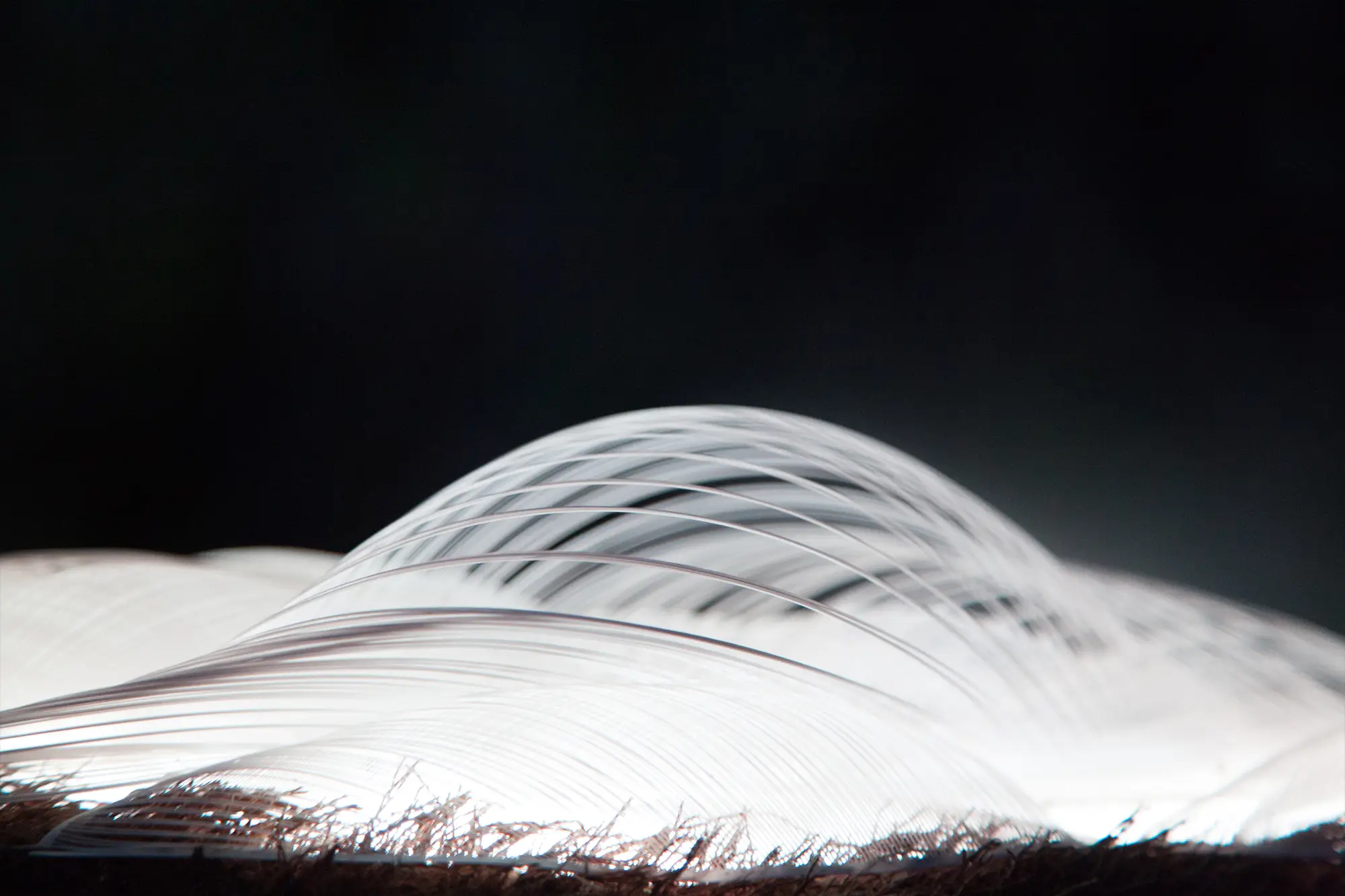
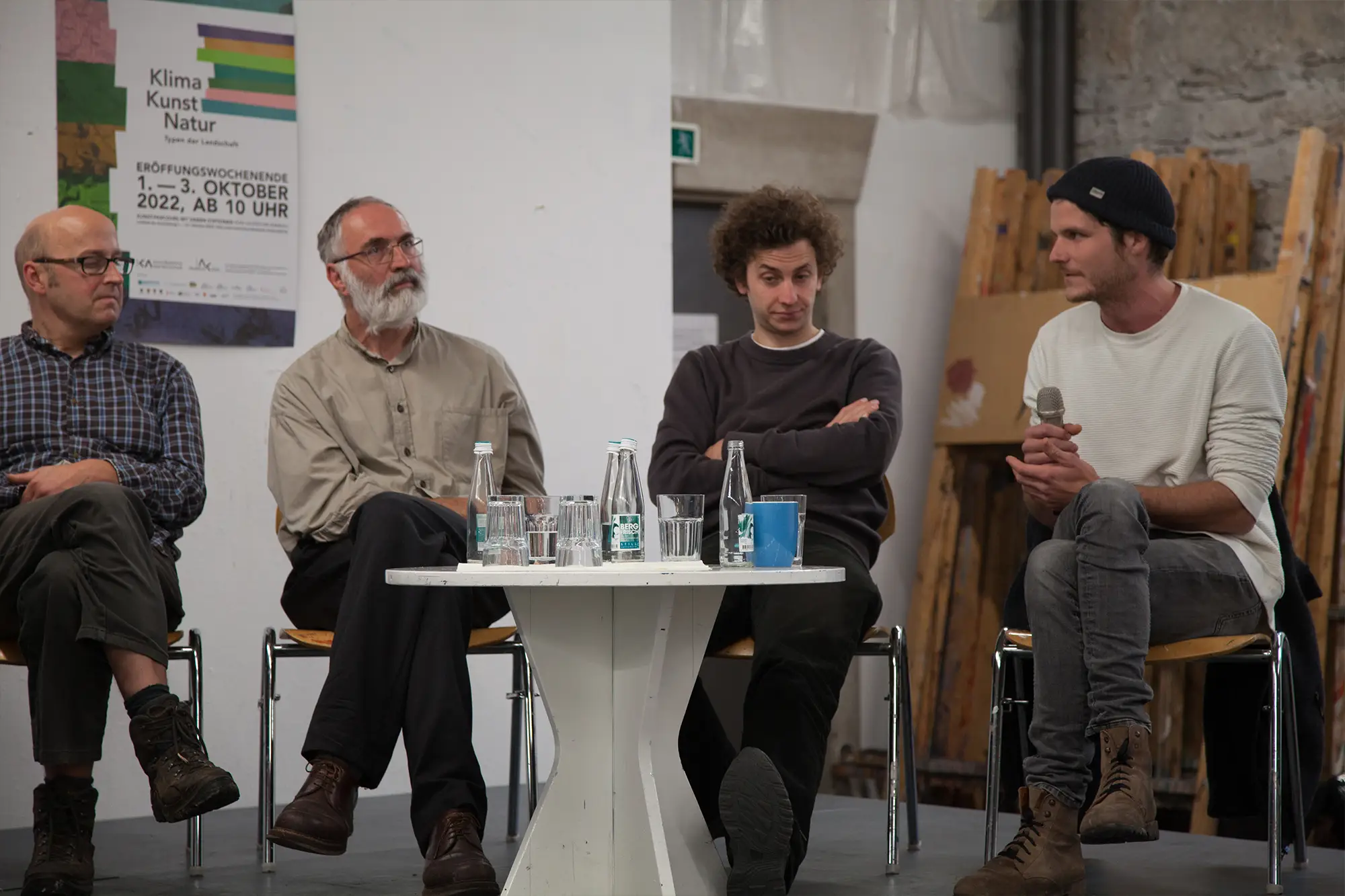
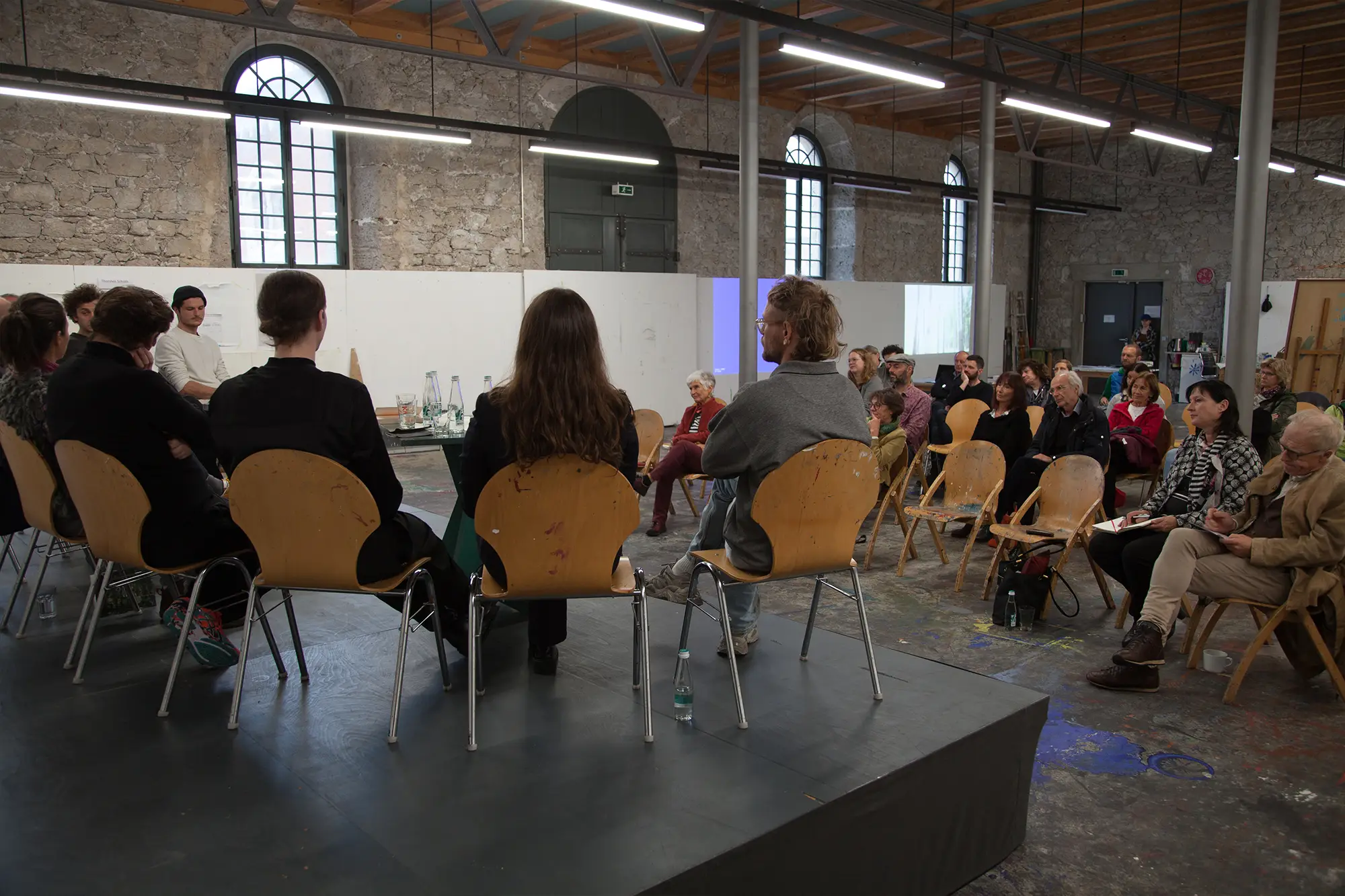
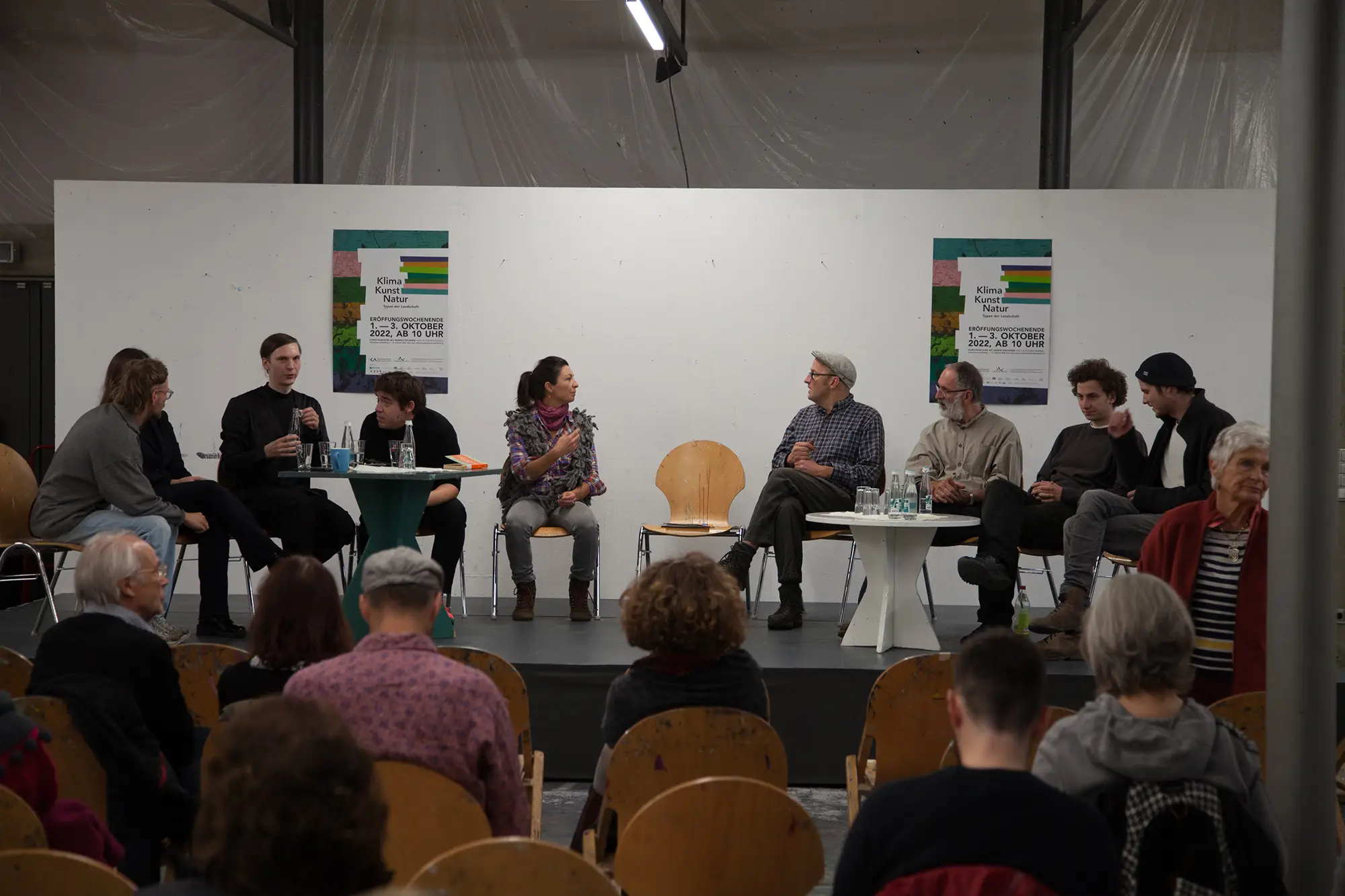
Project by:
Korbinian Enzinger
Software and Sensoring system:
Martin Rohrmoser
Robert Enzinger
Hardware and Electric Work:
Robert Enzinger
Korbinian Enzinger
3D Printing:
Korbinian Enzinger
Sigrid Enzinger
Setup support:
Sigrid Enzinger, Mathias Reiter, Sarina Reiter, Michael Huber
Commissioned by:
Kunstakademie Bad Reichenhall
Christiane Pott-Schlager, Hubert Grassl, Stefan Wimmer, Traudi Koller
